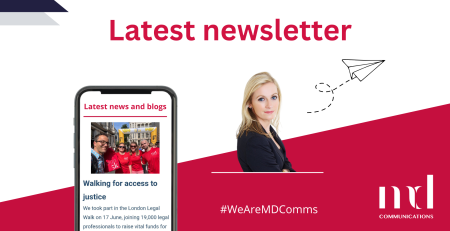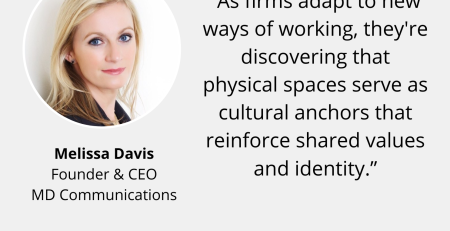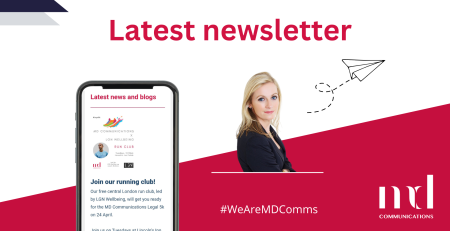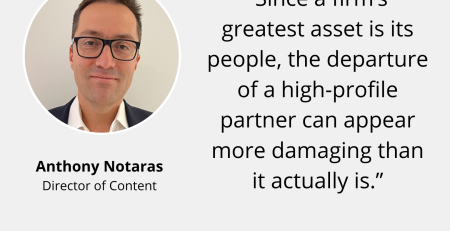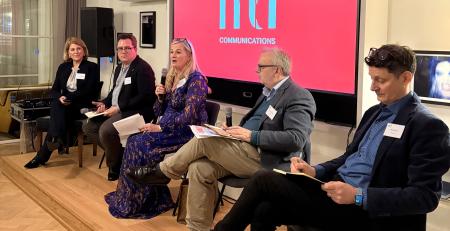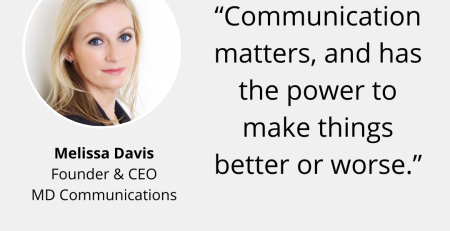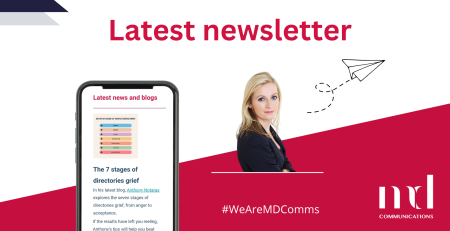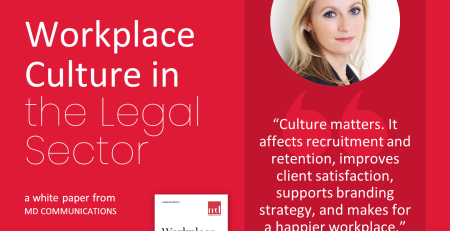Our Founder and CEO Melissa Davis discusses the Prime Minister’s robotic approach in recent media interviews and why she has a lot to learn and fast.
Liz Truss’s interviews. Is anyone else wondering if she skipped the media training chapter when preparing herself to become the Prime Minister? Today’s spectacle was care of Sky News where she was interviewed by Beth Rigby and where she faced a brutal round of questioning and repeated all of the same mistakes from interviews over the past few days.
It all started last week when the new Prime Minister took an unorthodox decision to forego the usual Radio 4 Today programme hot seat for what she and her advisers appear to have seen as a ‘softer’ option of local radio.
Did it work? No. Quite the opposite. She was thrust into interviews in which presenters, sensing their opportunity for the interview of a lifetime, were clearly better prepared than she was and didn’t hold back.
The output was quite something to behold. If the awkward silences weren’t uncomfortable enough then the robotic over-use of key messages which didn’t answer the questions at all put her in the hot seat for all the wrong reasons. Worst of all, the take-away for many was that she simply doesn’t ‘get it’ – that she is a Prime Minister out of touch with ordinary people.
Know your audience and connect with them
Were any lessons lessons learned for the PM’s interview with the BBC’s Laura Kuenssberg? Sadly not. This didn’t really go any better for the UK’s new leader.
When it comes to media interview technique, the PM has a lot to learn and needs to learn it fast.
Decisions are mostly made with emotions and many are weighing up how they feel about the new PM. Many are feeling a lack of empathy and warmth. This instantly distances her from the viewer.
She’s never been the best presenter but now she’s in No 10, this has to be something her advisers work with her on incessantly until she improves.
Not everyone is a natural at broadcast interviews. If you’re not the Prime Minister or in a position where you have no choice but to be in the hot seat, and it’s not something you enjoy, then my best advice is to give the opportunity to someone else.
If you’re keen to do broadcast interviews or you’re advising someone who is about to undertake an interview then I’d suggest focusing on three areas: Preparation, Presentation and Connection.
These tips are for anyone who wants to appear before the camera or in front of a mic or those advising them.
Preparation
So many people think they just can rock up and wing it because they know their subject. It’s completely the wrong approach. Always focus on the outcome you want from the start and work from there towards ensuring you get it. And that means being prepared.
Simple, key messages are the key. When the lights go on or the mic is thrust in your face, then trust me: you won’t remember the prepared statement you thought you knew off by heart. So don’t try to.
Of course, you don’t just say those three things ad infinitum. Watching the PM this week, it’s been clear she’s been drilled so much that she’s become robotic in delivering them. That’s where the presentation part comes in.
Before we get to that though, there’s another important piece of prep needed. Who will be interviewing you and what do they want from it? Your comms team should help you with this. If they don’t or you don’t have one, then we can help.
But whatever you do, don’t miss this bit out. The PM was tripped up by questions on fracking from Radio Lancashire (entirely foreseeable) and other, foreseeable local issues elsewhere. Take some time to think about these and be prepared. It all helps with your …
… Presentation
The people interviewing you are professionals. Don’t think you have to compete. The audience knows you’re not on TV or radio every day. What they want from you is authenticity, honesty and a sense that you know what you’re talking about. It makes you interesting and engaging and that’s the goal.
The PM clearly had her key messages but it was the rest of the approach that was wrong. Reverting back to a prepared answer when asked various questions was an obvious ploy and one which made it feel at times like she wasn’t listening to her host.
That’s a mistake. The presenter is the audience’s friend. He or she speaks to them every morning. The PM was a new voice at a tough time. She needed to engage and feel like she was having a relaxed conversation, allowing the audience to warm to her. Her stilted approach and lack of local knowledge drove a wedge between her and the audience with whom she wanted to connect.
Worse, in her interview with Laura Kuenssberg, she reverted to fairly aggressive hand gestures, pointing and gesticulating towards the presenter. It just looked wrong. Your hands can be used for emphasis but never look like you’re aggressive towards the audience’s friend. You’ll never win.
Her eyeline was another faux pas which is worth flagging. TV presenters or reporters will always tell you where to look when speaking – either at them or at the camera if you’re doing a ‘down the line’. If you look away from that, the audience notices and it makes you look a bit shifty, frankly.
The PM made this mistake a number of times. Quite possibly, she was looking at her aides for a steer or reading a note held up for her. However, it didn’t work. It made her look awkward and, when she did it when being challenged, like she needed help. Never a good look.
Connection
If you follow the two Ps above, connection should be easier – with the interviewer and the audience. But it still needs one key thing: warmth.
Everyone is nervous on TV or radio. It’s not a natural environment. But the best performers in interviews work hard at looking and sounding like they understand the topic and the emotions around it. People always make the news. So connecting with those people and sounding genuinely concerned or genuinely interested in the issues is vital.
Think about how you connect with people in a bar or restaurant. Eye contact and body language matter and the same applies on TV and, to a lesser extent, on radio. Over-formality will turn your audience off. So too will being overly familiar.
It’s a balance best achieved by the single most important advice we ever give to people when doing media training: be yourself. By doing that, you can focus more on what you say than in trying to be too clever, too relaxed or too argumentative.
Get the right advice
The PM has many challenges ahead of her. Communication is going to be one of them.
How she changes that and improves her presentation could well be the key to whether she succeeds or goes down in history as a footnote and a short-lived PM.
One thing we have learned though, for those who needed it anyway. BBC Local Radio is not a soft option and should never be treated as such. Those news teams have had a good week and deserve a hat tip from me for their work. They’ve given media trainers like us a lot of new material to work with.
If you need help preparing for media interviews, please get in touch.



